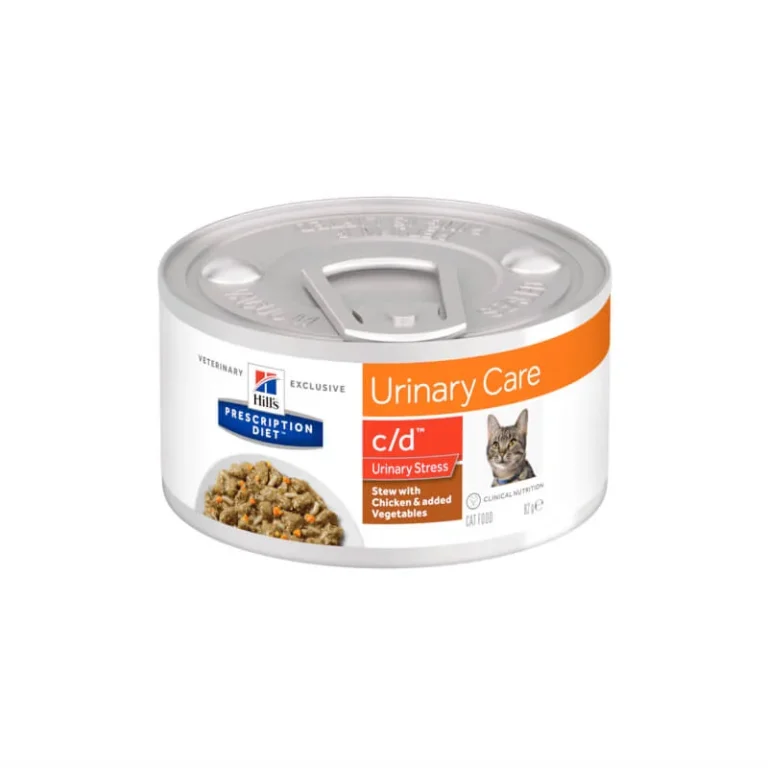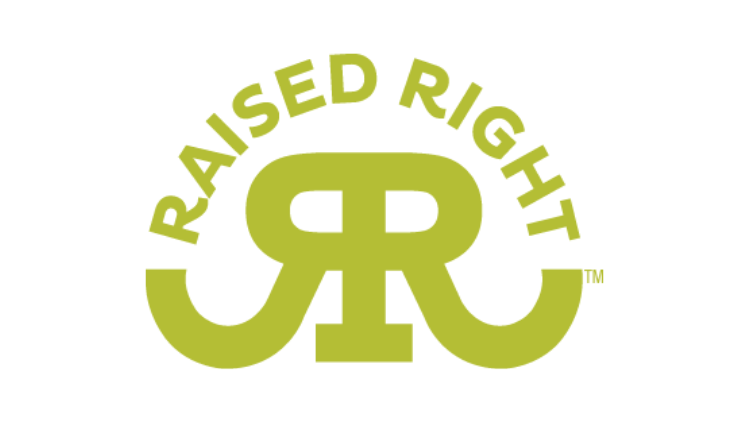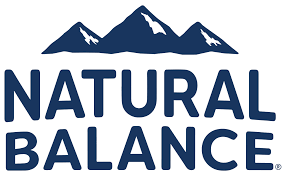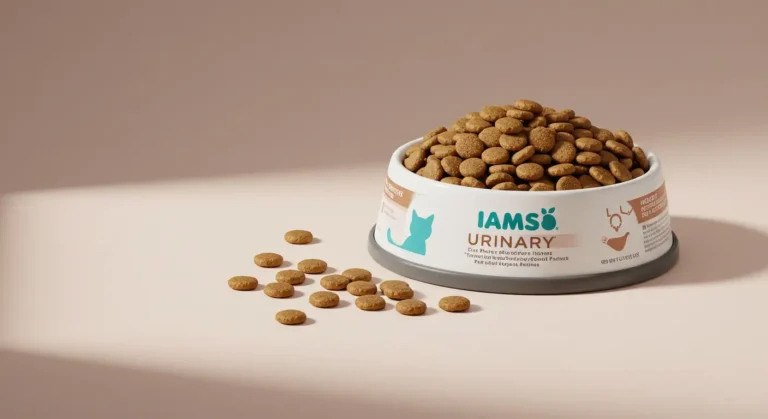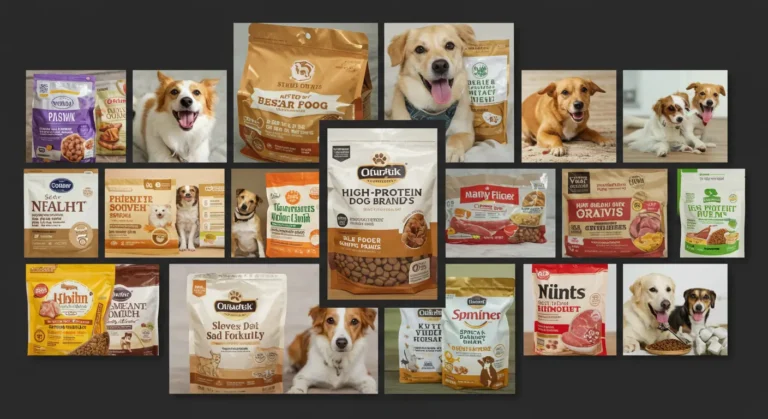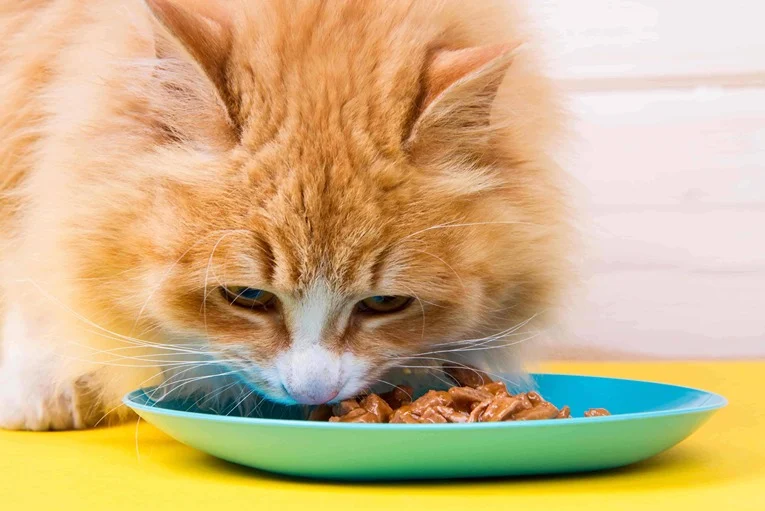Table of Contents
As pet owners, we all want the best for our furry friends, and diet plays a crucial role in their health. Over the past decade, grain free cat food has gained popularity as a high-quality alternative to traditional kibble. But is it truly better for your cat?
In this article, we will look at the pros and cons of grain-free cat food. We will discuss its main ingredients and how it stacks up against other top brands. Whether you’re looking to switch or just curious, this guide will help you make an informed decision.
Key Features and Benefits of Grain Free Cat Food
Grain free cat food is designed to mimic a cat’s natural diet, which is primarily protein-based. Here are some of the top benefits:
1. High-Quality Protein Source
- Most grain free cat food options are rich in animal-based proteins like chicken, turkey, or fish.
- Cats are obligate carnivores, meaning they require protein for optimal health.
- High protein diets support lean muscle mass and provide essential amino acids.
2. Free from Common Allergens
- Grains like wheat, corn, and soy are common allergens for some cats.
- Grain free cat food can help reduce symptoms like skin irritations, digestive issues, and excessive shedding.
3. Supports Digestive Health
- Many cats struggle with digesting grains, leading to bloating or discomfort.
- Grain free formulas often contain easily digestible carbohydrates like sweet potatoes and peas.
4. Better Weight Management
- Lower carbohydrate content can prevent obesity, especially in indoor cats.
- Helps maintain stable blood sugar levels, which is crucial for diabetic cats.
5. Often Contains Healthier Ingredients
- Premium grain free brands focus on whole food ingredients.
- Many include superfoods like blueberries, pumpkin, and cranberries for added antioxidants.
Why Pet Owners Love Grain Free Cat Food
Many cat owners trust grain free diets because of the transparency in ingredients and sourcing. Some key reasons why pet owners choose grain free:
✅ Ethical & Sustainable Ingredients – Brands like Open Farm and Blue Buffalo source humanely raised meat and non-GMO vegetables.
✅ Improved Coat & Skin Health – Omega-3 and Omega-6 fatty acids promote shinier coats and healthier skin.
✅ Ideal for Cats with Sensitive Stomachs – Many pet owners report fewer digestive issues when switching to grain free.
How It Compares to Other Premium Cat Food Brands
Grain Free vs. Traditional Cat Food
| Feature | Grain Free Cat Food | Traditional Cat Food |
|---|---|---|
| Protein Content | Higher (animal-based) | Moderate (may include plant proteins) |
| Carbohydrate Level | Lower (no grains) | Higher (includes grains) |
| Common Allergens | No wheat, soy, or corn | May contain allergens |
| Ideal for Sensitive Cats? | Yes | Not always |
Some premium brands include whole grains, but many cat owners choose grain-free options. They believe these diets are more like what cats would eat in nature.
Advantages and Disadvantages of Grain Free Cat Food
✅ Advantages
✔️ Higher in animal protein, supporting muscle growth and overall health.
✔️ Often made with whole, high-quality ingredients.
✔️ Suitable for cats with grain allergies or sensitivities.
✔️ Can lead to better digestion and reduced bloating.
✔️ Many brands focus on ethical sourcing and sustainability.
❌ Disadvantages
❌ Some grain free diets substitute grains with high-carb ingredients (like potatoes), which may not always be healthier.
❌ Typically more expensive than traditional cat food.
❌ Some studies suggest that certain grain free diets may be linked to heart disease in pets (though research is still ongoing).
❌ Not all cats need a grain free diet—healthy cats without allergies can thrive on grain-inclusive food.
FAQs About Grain Free Cat Food
1. Is grain free cat food good for cats with allergies?
Yes! If your cat has grain allergies, a grain-free diet can help reduce common allergic reactions. These reactions include itching, vomiting, and diarrhea.
2. What are the main ingredients in grain free cat food?
Most grain-free cat foods have high-quality animal protein, like chicken, fish, or turkey. They also include healthy fats and alternative carbs, such as sweet potatoes, peas, or lentils.
3. How is grain free cat food different from other cat food brands?
The main difference is that it doesn’t contain wheat, corn, or soy. Often, it is higher in protein and uses alternative carbohydrate sources.
4. Is grain free food always healthier for cats?
Not necessarily. Some cats thrive on high-quality grain-inclusive diets. Choosing a brand that balances protein, fats, and carbs properly is important.
5. What are the best grain free cat food brands?
Some popular premium brands include Open Farm, Blue Buffalo, Wellness CORE, and Orijen. Always check the ingredient list to ensure quality.
Conclusion
Grain free cat food can be an excellent choice for pet owners looking to provide a high-protein, allergen-free diet for their cats. It has many benefits, such as better digestion and fewer allergens. Picking a good brand with balanced nutrition is important.
If you’re considering switching, consult with your veterinarian to determine the best diet for your cat’s specific needs.


